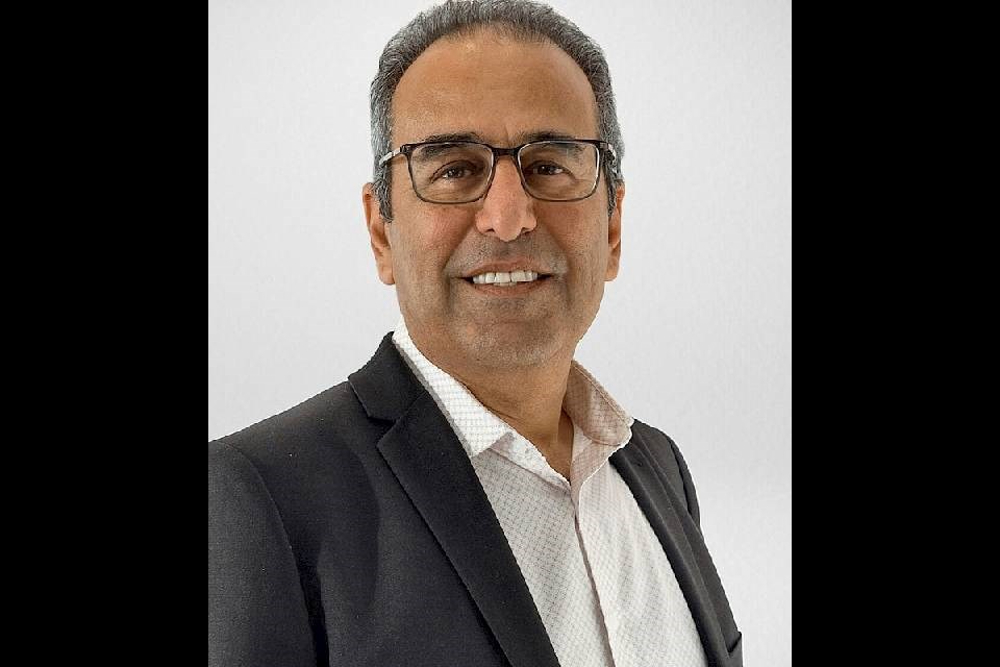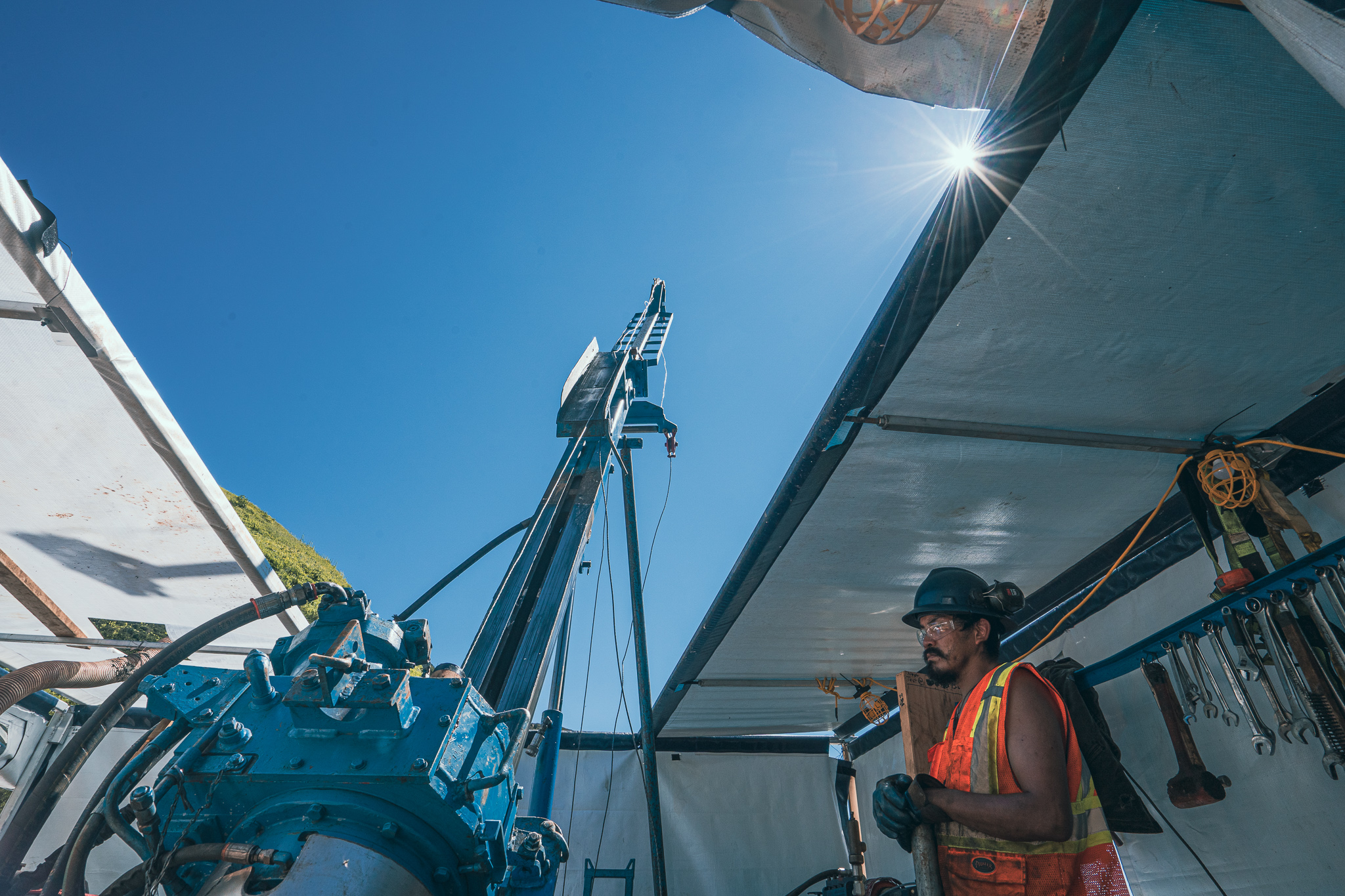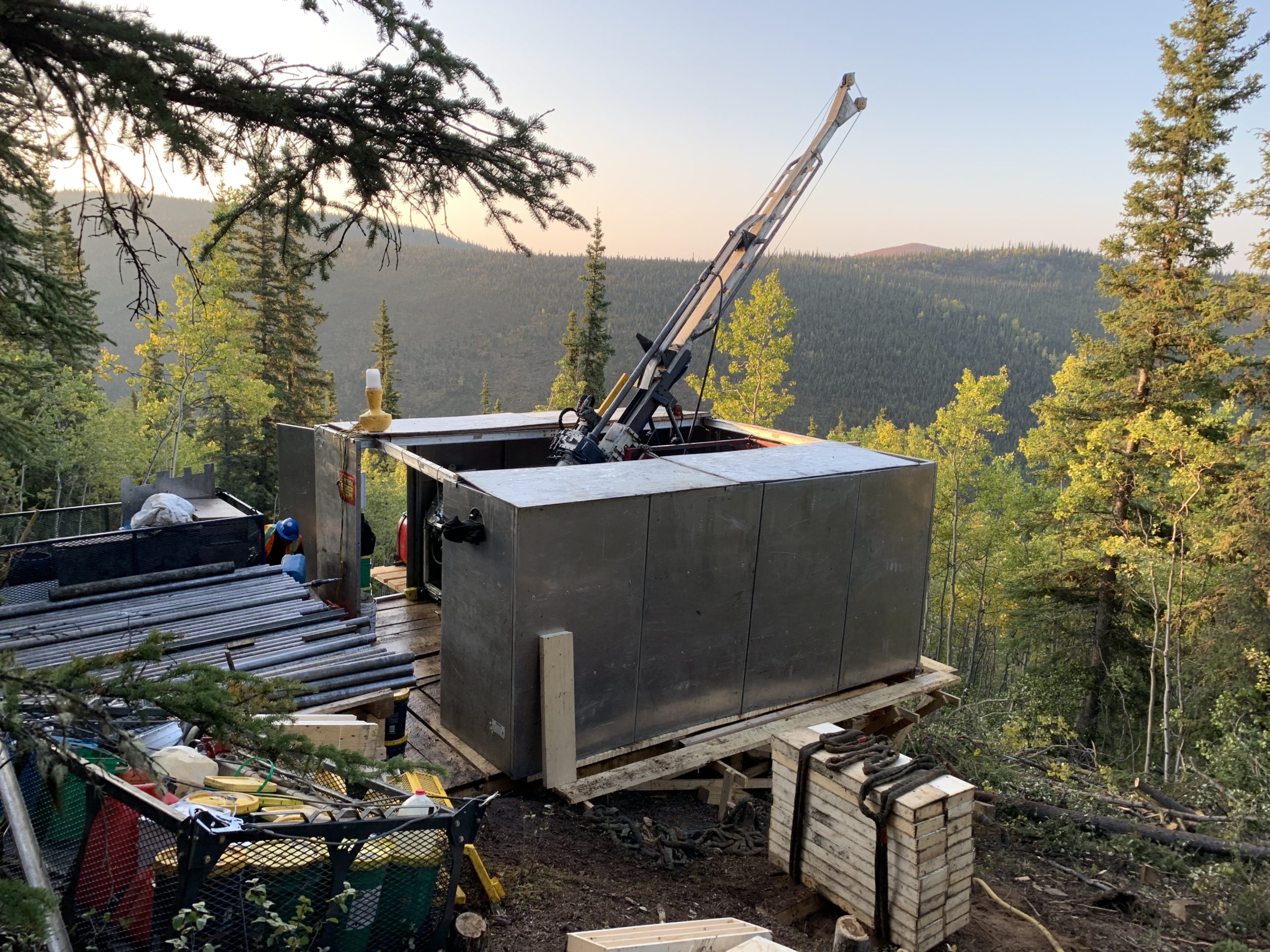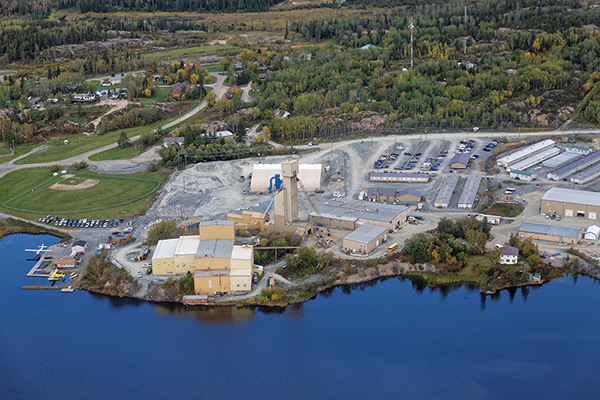Tunnel Vision
It’s a mining project with a twist because part of the work being done by Goldcorp at its Red Lake Gold Mines right now looks more like an urban transportation corridor than the underground workings at a remote mine site.
In fact, the combination of 366 new steel rails sitting on a ribbon of 3,111 freshly molded concrete ties gives the impression that a commuter train will soon be coming out of the tunnel to pick up passengers along its Northern Ontario route.
But that’s obviously not the case, nor intent, of the rail-lined drift being built by Goldcorp, about 350 km northwest of Thunder Bay.
The drift, a massive 6200-metre-long structure located more than 1645 metres below surface, will connect Goldcorp’s Campbell Mine with a new shaft being drilled at its adjacent Cochenour Mine.
When completed later next year, the 4.3-metre wide by 5.0-metre high drift will feature a fully ventilated tunnel with a single track connecting the two mines to provide Goldcorp with a direct underground means of transporting ore from Cochenour to its mill at the main Red Lake Gold Camp.
As can be imagined, drilling and blasting a drift of this length requires a great deal of knowledge and understanding of working underground and to help ensure that everything went as planned, a team of J.S. Redpath Limited, Mining Contractors and Goldcorp was brought together to oversee the construction of the drift.
Drilling and blasting of the drift were done by conventional methods using an emulsion, followed by shotcreting, rock bolting, screening, and face preparation. The crews are able to drive to meet 7.4-metre-per-day targets with shotcrete in cycle.
The bolting pattern is 5×5 with 2.2-metre rebar and 2.2-metre cone bolts in the back and a 5×5 pattern with 2.0-metre rebar in the walls. The ventilation system is a push/pull system created by using 914-mm soft vent for fresh air with a 1219-mm hard vent as the exhaust.
What really set this work apart from the “traditional” approach was the team’s imaginative and cost-saving’s use of blasted muck for track bed ballast and the roadway itself.
Instead of hauling new ballast into the drift from the surface, an underground crusher was installed to crush muck from the rounds blasted. Eventually, ballast cars were used to stabilize the tracks but long before that, crews had to devise a delivery system whereby rails and ties would be installed almost simultaneously to keep construction on schedule.
Rails and ties were delivered into the head frame using forklifts at the Campbell Mine. The 12.1-metre-long rails, each weighing 585 kg, were lowered to the 3900 level where they were pulled out of the shaft using an air tugger. The 190-kg ties were bundled 8 ties per pallet and delivered to the level in the cage.
In addition to the straight rails, three track switches ranging from 10.9 metres to 12.1 metres in length, and 2.3 metres in width, were also lowered to the 3900 level.
With rails and ties at the bottom, they were loaded on flat cars and delivered to the crews, who lined them up along the sides of the drift to allow access for excavating the roadway to grade using a five-foot grade line.
Next came aligning the concrete ties using a laser before installing the rails. Each section consisted of 17 ties, 34 insulators, and two rails. Crews used fish plates to connect the rails with a Huck bolter, a machine that is designed to rivet the bolts instead of using a bolt-and-nut system.
In addition to the main line, the drift also features a service bay with a shop designed with two sets of tracks and an overhead crane, plus a battery station that will enable maintenance crews to maintain and service up to three locomotives at a time.
Eventually there will be eighteen, 18 ton cars used to transport materials to the waste pass. The cars will be loaded by chute and will empty into the waste pass by a camel back dumping design. And, as envisioned earlier, the underground railway will also carry people in its two 16-crew personnel cars.
Goldcorp’s railway is not intended to be a commuter line, but thanks to its imaginative and innovative engineering and design, it could easily serve as a model for urban planners when it comes to cost-effective underground construction.





Comments